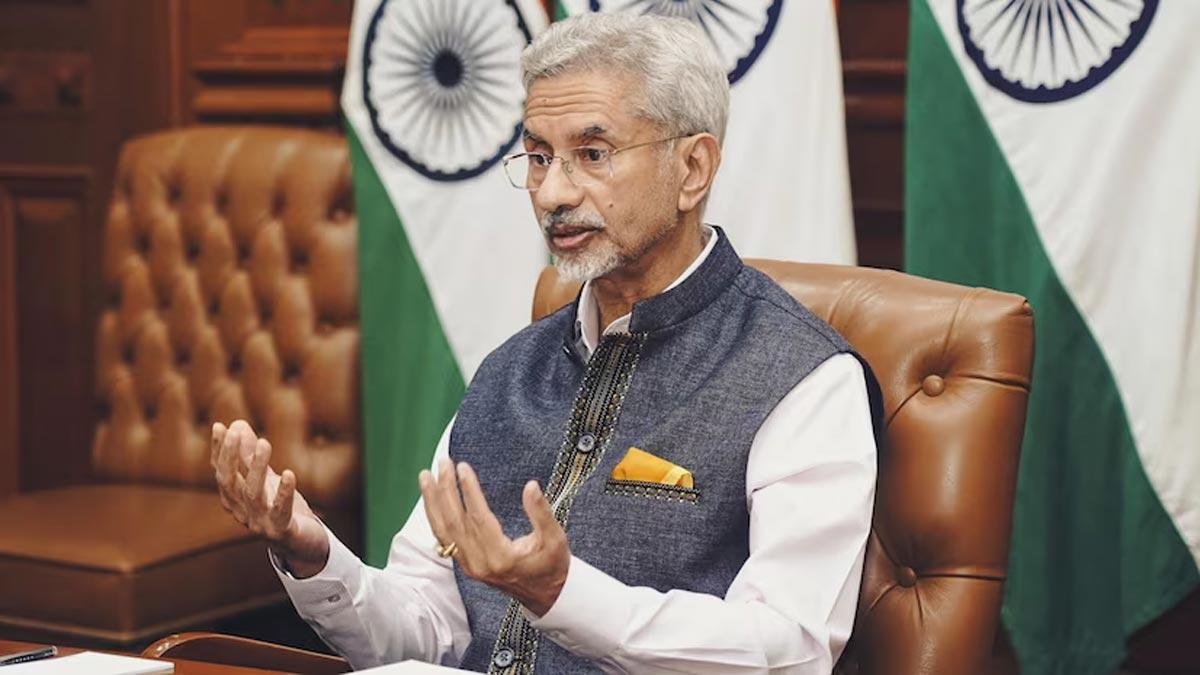India can potentially increase its global market share in power and hand tools to $25 billion in the next 10 years. This can create around 35 lakh jobs if the nation achieves a 10 percent market share in power tools and a 25 percent market share in hand tools, as per a report published by NITI Aayog on Tuesday.
The report emphasizes that through innovation, empowerment of MSMEs, and a robust industrial ecosystem, India can become a competitive, high-quality global manufacturing hub.
Released by NITI Aayog Vice Chairman Suman Bery, the report laid out an all-encompassing plan to enhance the industry's global competitiveness and enhance India's share in the world market considerably.
The worldwide market for hand and power tools, which stands at approximately $100 billion, is expected to increase to about $190 billion by the year 2035. Of this, the hand tools market stands at $34 billion and is expected to reach $60 billion by 2035, while the power tools market, including tool accessories, stands at $63 billion and is expected to increase to $134 billion, with electrical tools contributing a majority of this market.
Currently, India exports $600 million worth of hand tools (1.8 percent market share) and $470 million worth of power tools (0.7 percent market share).
To meet the $25 billion export target in the coming decade, the report examines the challenges facing the power and hand tools sectors and outlines three key intervention areas necessary for success.
"It is very important to build world-class clusters of hand tools with state-of-the-art infrastructure. This can be done through the development of 3-4 clusters spanning 4,000 acres of land. The clusters, driven by a PPP model, will have plug-and-play infrastructure, worker accommodations, and basic amenities like connectivity and convention centers for ease of business," the report added.
Overcoming structural cost disadvantages by way of market reforms is equally important. This involves rationalising Quality Control Order (QCO) restrictions and import levies on major raw materials such as steel and machinery, streamlining the Export Promotion Capital Goods (EPCG) scheme by relaxing Authorised Economic Operator (AEO) requirements, and lowering penalties such as interest on defaults.
The report also highlighted the call for reforms in building rules and labour laws to enhance competitiveness.
There is a need to provide bridge cost support to counter cost disadvantage, although according to the report, no new support other than current schemes such as the Remission of Duties and Taxes on Exported Products (RoDTEP) and duty drawbacks would be necessary if sound interventions in the factor markets are made.
Absent these reforms, an additional Rs 8,000 crore of bridge support would be required, according to the report. This should be considered an investment, not a subsidy, since it will be generating 2-3 times its worth in tax returns over the course of five years.
Read also| Consumer Sector Sees 3-Year High in M&A and PE Deals, Reaching $4 Billion in Q1
Read also| India's Forex Reserves Climb to $676.3 Billion, Marking Fifth Consecutive Weekly Gain


















